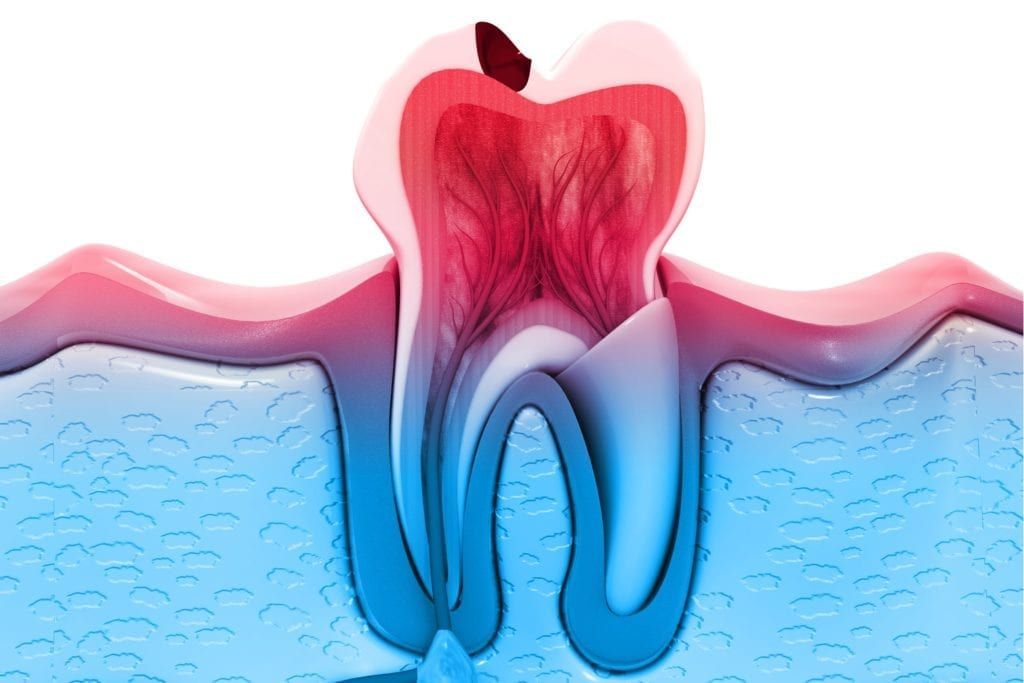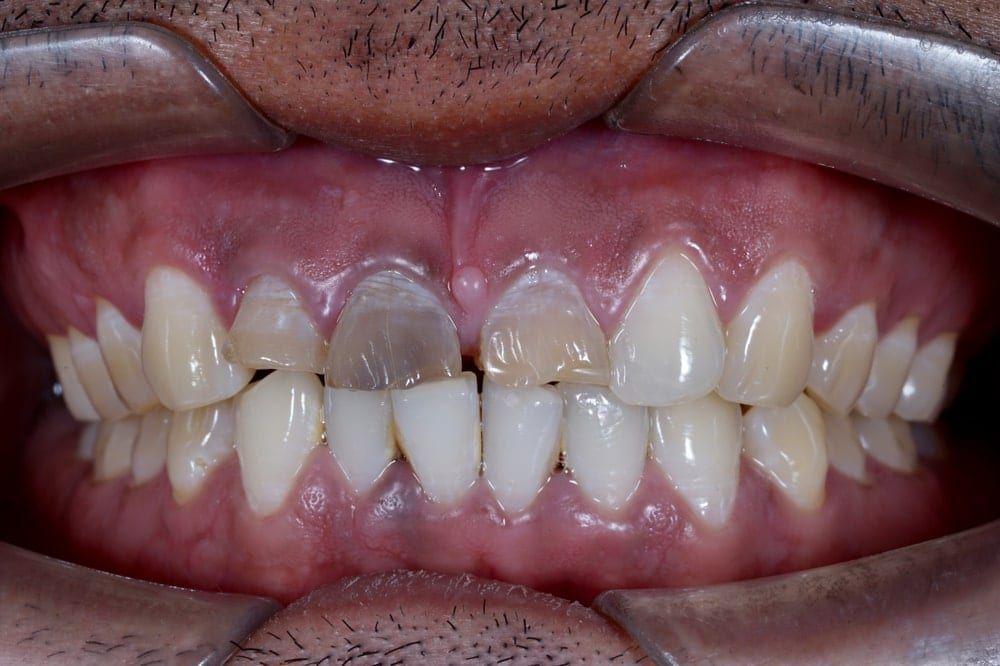Root canals are one of the most dreaded dental procedures. However, they are also one of the main procedures used to preserve your natural teeth and save them from severe damage or decay. During a root canal, decayed or damaged tissue is removed from the inside of the pulp chamber and root canals. The inside of the tooth is then filled with a rubber-like material and restored with a dental crown to provide stability. Doing so successfully allows severely damaged or decayed teeth to be restored without the need for a tooth extraction.

While many people do everything in their power to avoid having one, there are certain cases where a root canal is absolutely necessary in order to save the tooth. One such case is when an individual develops pulpitis, or an infection of the dental pulp. This can happen when decay-causing bacteria reach the innermost layer of the tooth. Once the dental pulp has become infected, the infection must be removed before it spreads to the surrounding teeth.
When it comes to pulp infections, there are three main signs to watch out for. While there are certainly other potential causes of these symptoms, here are three signs that you may need to see your dentist for a root canal:
Pain
Pain is one of the most common signs of a pulp infection and it is usually the reason people end up calling their dentist. Although there are different types of dental pain, pain associated with a pulp infection generally comes on suddenly, progresses over time, and can be felt as a deep throbbing within the jaw. In some cases, pain caused by a pulp infection may come and go, or it may only be felt when chewing or biting down on something. Additionally, pain may also take the form of extreme tooth sensitivity to hot, cold, or sweet foods and beverages. The main difference between regular tooth sensitivity and tooth sensitivity caused by a pulp infection is that tooth sensitivity associated with a pulp infection will continue even after the source has been removed. This is known as prolonged sensitivity.
Discolored Tooth

Although not as common, another sign that you may need a root canal is a discolored tooth that does not match the surrounding teeth. This is because when a tooth’s pulp becomes infected, it will start to die. As the pulp dies, it will cause the inside of the tooth to turn gray, light brown, yellow, or black, which will cause the outside of the tooth to have a colored tint. Having a single discolored tooth, regardless of whether or not you feel pain, can be an indication that a pulp infection has developed and a root canal is necessary.
Gum Problems
Although pulp infections primarily affect the innermost layer of the tooth, they can also cause problems with the gums as well. When the gums are affected, this is usually due to the fact that excess bacteria from the infection has started to infect the gums as well. This can lead to gum disease, which is characterized by tender, swollen, or red gums. In some cases, your gums may even develop pimples or have discharge stemming from the pulp infection.
If you are suffering from a sudden throbbing pain, discolored tooth, or gum problems then you may be an ideal candidate for a root canal. For the best treatment outcomes, it is recommended to seek treatment sooner rather than later because this prevents the infection from becoming more severe or from spreading to the surrounding teeth. Despite the fact that root canals have a bad reputation, they are extremely valuable dental procedures. After all, root canals are restorative dental treatments developed to preserve your natural smile.


